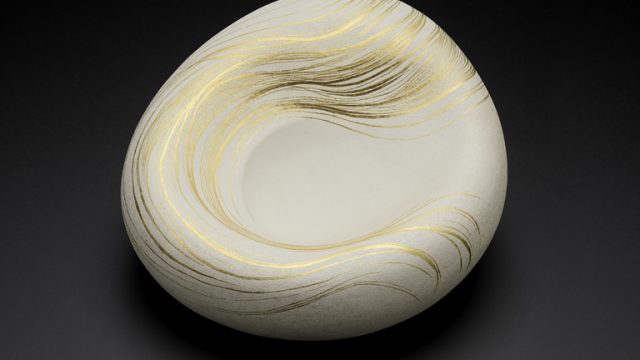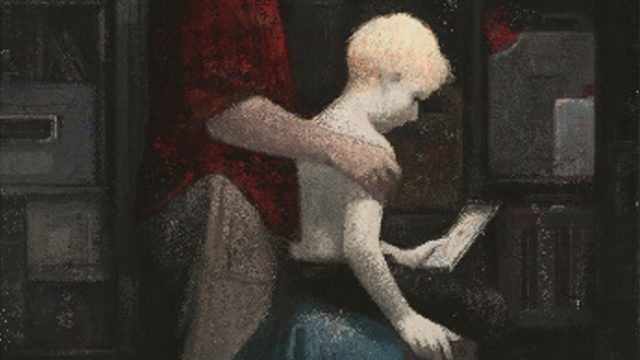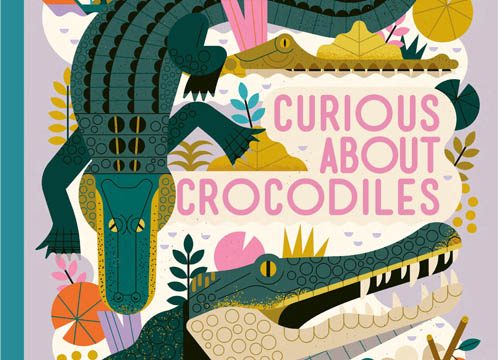‘the Wolsey angels, one of the first works in the Italian renaissance style in England, must have seemed astonishingly novel and even exotic’
In this series of blogs we’re interviewing various members of staff who come in contact with the Wolsey Angels which we are currently trying to reunite, to try and find out just what it would mean to each of them if we could save the Angels.
Tell us about yourself

I’m the Course Director of the Late Medieval and Early Renaissance Year Course, the longest running of the V&A’s six Year Courses, each of which runs one day of the week during term-time, for a full academic year. I’ve been in this role for the past five years, though I’ve been closely involved with the course since its inception in 1993. I also lecture for the High Renaissance to Baroque Year Course, and the new Art and the City Year Course, as well as other adult programmes run by the Learning Department, and in 2013 I wrote a blog, “Twenty Objects for Twenty Years” to mark the 20th anniversary of the Medieval and Renaissance Year Course, which you can read on the V&A Learning website. The Year Courses attract students ranging in age from 30 to 80, though most are somewhere in between. For most, study on the course is an end in itself, a means of enriching a love of, or interest in, the art of a particular period, but some have used it as a stepping stone for further study. For me, one of the pleasures of teaching at the V&A is the opportunity to flesh out material covered in lectures with sessions in the galleries, which are so rich and varied in their holdings of objects from my specialist period, the renaissance.
My specialist field is artistic relations between Italy and northern Europe in the fifteenth and early sixteenth centuries, on which I’ve published widely, as well as collaborating on exhibitions in Italy and America. I’m currently interested in relations between Italian sculpture and early Netherlandish painting, which I’ll be speaking on at the Robert H. Smith renaissance sculpture conference at the V&A next spring.
This much I know
As objects created by a Florentine sculptor in England, Benedetto da Rovezzano, for an English patron, the Wolsey Angels obviously speak to my specialist interests as an art historian working in the field of north-south artistic exchange in the renaissance, and their rediscovery is immensely exciting. At the same time, as examples of Florentine renaissance sculpture they complement beautifully some of the objects in the V&A that I use for teaching. One such piece is the terracotta model by Andrea del Verrocchio for the Forteguerri Monument (Gallery 64, case 21), which features pairs of flying angels, with comparable bunched draperies and thickly curling hair. Another is the marble altarpiece in the Santa Chiara chapel (Gallery 50b), which employs a similar motif of paired flying angels. Benedetto da Rovezzano would undoubtedly have been familiar with paired angels of this type, which appear in many late fifteenth-century Florentine sculptures, and the Wolsey Angels can be thought of as their descendants.
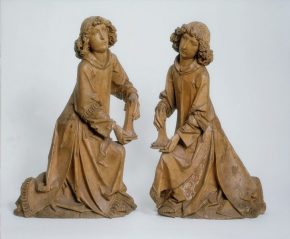
The Wolsey angels can also be contrasted with the stylistically very different pair of angels, carved in limewood, by the German sculptor Tilman Riemenschneider (Gallery 64, case 7), which like the Wolsey angels, are bearing candlesticks. To early sixteenth-century English audiences, more familiar with the angular forms and slender proportions of northern European art exemplified by the Riemenschneider angels, the Wolsey angels, one of the first works in the Italian renaissance style in England, must have seemed astonishingly novel and even exotic.
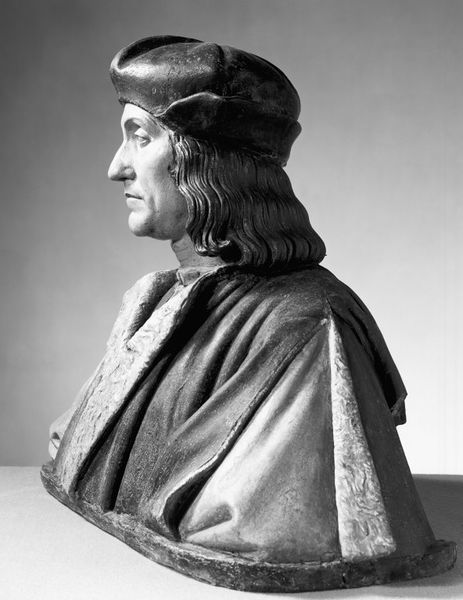
The V&A has one of the greatest collections of Italian renaissance sculpture in the world, and it goes without saying that the Wolsey angels would make a fitting addition to it. But it’s also important to remember that they are connected to two of the most well-known figures in English history, Cardinal Wolsey and King Henry VIII. As such, they complement holdings in the British Galleries, notably the bust of Henry VIII’s father, Henry VII, by Pietro Torrigiani (Gallery 58e, case 8), the first Florentine renaissance sculptor to work in England.
Interesting aside
If you’ve been following the story of the Wolsey Angels on the V&A Website, or in the press, you will probably know that they were appropriated by Henry VIII after Wolsey’s death, to be incorporated in his own lavish tomb, also by Benedetto da Rovezzano, in St George’s Chapel, Windsor. What is perhaps less well known is that there is a set of four enormous, splendid bronze candelabra by Benedetto from Henry’s tomb in St Bavo’s Cathedral, Ghent – they were sold by the Commonwealth after the Civil War, presumably when the Wolsey Angels also left St George’s Chapel. We’re fortunate enough to have a cast of one of the candelabra in our collections.
Find out more about our courses and study days here.
Donate online and Save the Wolsey Angels here.
Text VAWA14 £5 to 70070
The V&A will receive 100% of your text donation. The minimum text donation is GBP £1 and all donations must be in whole pounds sterling. The maximum text donation allowed is GBP £10 for all mobile operators. Donations sent via text will incur your standard text message fee. Please refer to your tariff for details. Should fundraising exceed the appeal target, or if the Museum is unsuccessful in securing the angels, funds will be used to further the objectives of the V&A.

